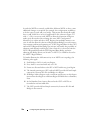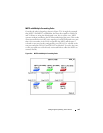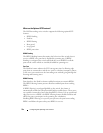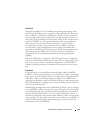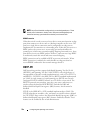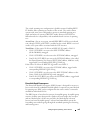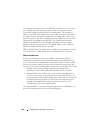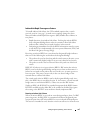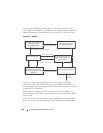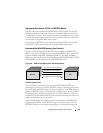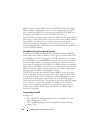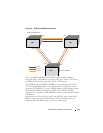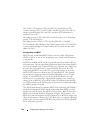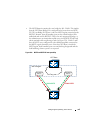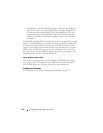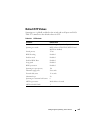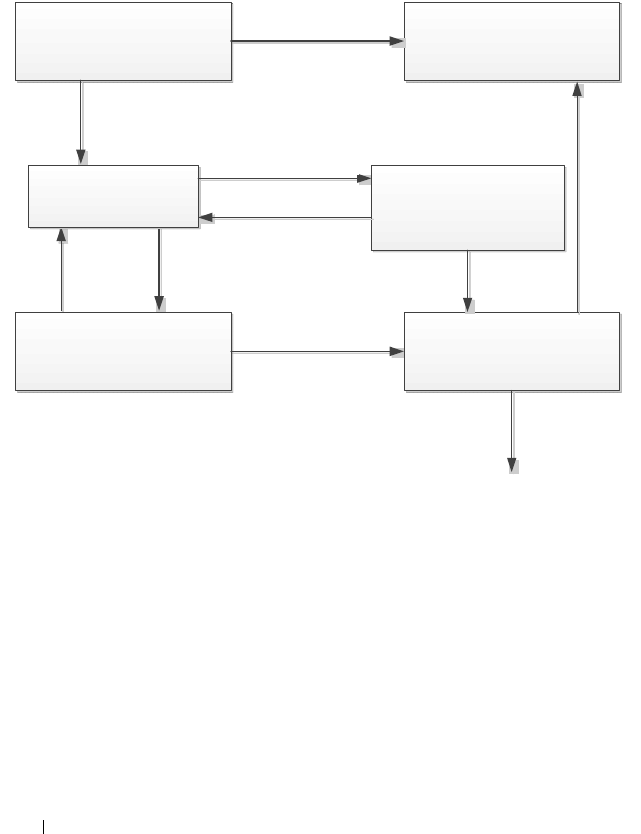
728 Configuring the Spanning Tree Protocol
on ports that should have a path to the root. The port where the switch
received the inferior BPDU is excluded because it already failed; self-looped
and designated ports are eliminated as they do not have a path to the root.
Figure 22-5. IRC Flow
Upon receiving a negative RLQ response on a port, the port has lost
connection to the root and the switch ages-out its BPDU. If all other non-
designated ports received a negative answer, the switch has lost the root and
restarts the STP calculation.
If the response confirms the switch can still access the root bridge via a
particular port, it immediately ages-out the port on which the inferior BPDU
was received.
If the switch only received responses with a root different from the original
root, it has lost the root port and restarts the STP calculation immediately.
Inferior BDPU received. Are there
other non-self-looped
non-designated ports?
Connectivity to root is lost.
Recompute spanning-tree.
No Yes: Can still reach root on a port.
No
Yes -> Send RLQ query on non-designated ports.
Wait for RLQ responses.
Connectivity to root still exists –
age out port with inferior BPDU.
Have received response for every
RLQ sent?
No
Are all RLQ responses negative?
No, end
processing
Yes
Negative: Root lost on this port
Age-out the BPDU for this port.
Have received response for
every RLQ sent?
Yes
No



